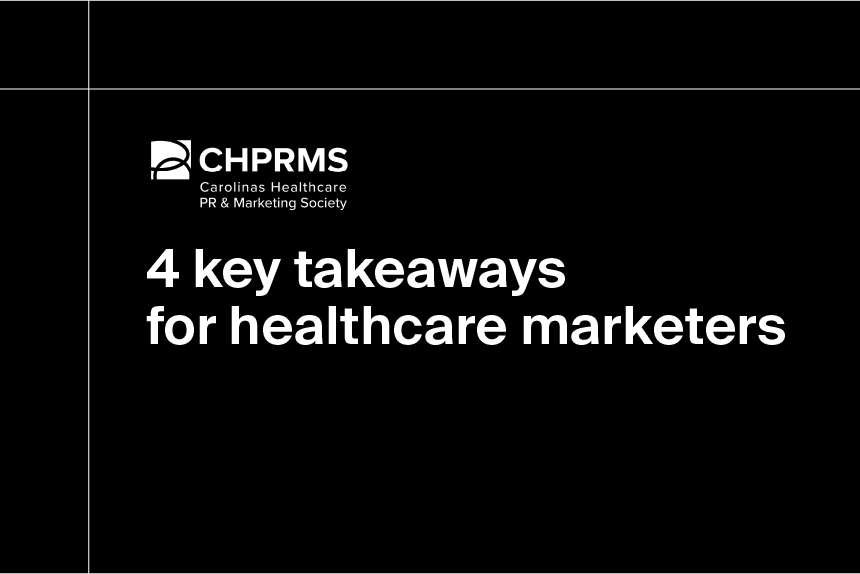Mental illness impacts millions of people every year. According to the National Alliance of Mental Illness (NAMI), about 1 in 5 American adults experience mental illness annually. Moreover, roughly 1 in 20 American adults experience serious mental illness. A serious mental illness causes significant impairment, interfering with or limiting at least one major life activity.
While awareness is increasing, there’s still a critical need for new solutions and services to address the growing demand for effective diagnosis, treatment, and management of mental health conditions. Studies suggest that over 50% of patients with a mental illness don’t receive adequate treatment. By investing in mental health solutions and services, companies can not only improve the lives of millions but also tap into a substantial market.
What is an ICD-10 mental illness?
ICD-10 includes a comprehensive list of psychiatric illnesses, classified under Chapter V: Mental and Behavioral Disorders. Some common mental health disorders under ICD-10 include anxiety disorders, mood disorders, and substance use disorders, to name a few. Each disorder is further subdivided into specific codes and diagnostic criteria within the ICD-10 framework, which is used globally for diagnosing and coding medical conditions, including psychiatric illnesses.
Definitive Healthcare tracks millions of mental health diagnoses at healthcare facilities. Below, we’ve compiled a list of the top 10 mental health diagnoses by total volume of unique diagnosed patients.
Top 10 most common mental health diagnoses
| Rank | ICD-10 code | Description | % of mental health diagnoses in U.S. |
| 1 | F411 | Generalized anxiety disorder | 14.10% |
| 2 | F419 | Anxiety disorder, unspecified | 10.81% |
| 3 | F331 | Major depressive disorder, recurrent, moderate | 7.32% |
| 4 | F902 | Attention-deficit hyperactivity disorder, combined type | 5.08% |
| 5 | F1120 | Opioid dependence, uncomplicated | 4.51% |
| 6 | F332 | Major depressive disorder, recurrent severe without psychotic features | 3.74% |
| 7 | F32A | Depression, unspecified | 3.40% |
| 8 | F900 | Attention-deficit hyperactivity disorder, predominantly inattentive type | 3.33% |
| 9 | F4323 | Adjustment disorder with mixed anxiety and depressed mood | 3.08% |
| 10 | F840 | Autistic disorder | 3.03% |
Fig. 1 Data is from the Definitive Healthcare Atlas All-Payor Claims product for the 2024 calendar year. Data accessed June 2025.
What is the most common mental health diagnosis?
According to our data, anxiety disorders are the most common mental illness tracked in 2024. Generalized anxiety disorder (GAD) took the top spot on our list, representing 14.10% of unique patients with a primary mental health diagnosis tracked in our database. Unspecified anxiety disorder represented 10.81% of unique patients with a primary mental health diagnosis.
Major depressive disorder (MDD), both recurrent and moderate (7.32%) and recurrent and severe (3.74%), along with unspecified depression (3.4%), indicate a significant burden of depressive disorders.
Substance use disorders are also common, with opioid dependence comprising 4.51% of patients with primary diagnoses tracked in 2023, highlighting the ongoing addiction crisis.
Attention-deficit hyperactivity disorder (3.33%), adjustment disorder (3.08%), and autism disorder (3.03%) further highlight the diverse range of ICD-10 mental illnesses diagnosed.
How did the COVID-19 pandemic impact mental health?
As a result of the COVID-19 pandemic, mental health worsened across populations. A study published in Brain, Behavior, and Immunity found evidence of a multitude of mental health effects, including:
- Decreased psychological well-being across the general public
- Patients with COVID-19 displayed high levels of PTSS and higher levels of depression
- Higher levels of psychiatric symptoms among healthcare workers
- Patients with pre-existing psychiatric symptoms experienced worsened psychiatric symptoms
Several years after the onset of the pandemic, demand for mental health treatment has continued to increase and many psychologists (46%) report no longer having the capacity to see new patients, according to a survey by the American Psychological Association. This trend underscores the urgency for solutions that can expand access to care, creating fertile ground for organizations to develop and deliver mental healthcare interventions.
Telehealth and mental health
The pandemic saw a deterioration in mental health for many, but it also spurred the expansion of telehealth in mental healthcare. Telehealth holds promise for increasing access to mental health services by offering a convenient way for people to seek care. By removing barriers associated with traveling to appointments, it also improves service accessibility for people with neurological or physical impairments. Telehealth also provides a private environment for patients, which can encourage more people to seek care.
Learn more
Mental health will undoubtedly remain an incredibly prevalent and essential area of healthcare as we strive toward better psychological health. Health data and analytics can help you stay current with industry trends and developments. Sign up for a free trial today to get a sample dataset and start discovering opportunities within the growing behavioral health market.




